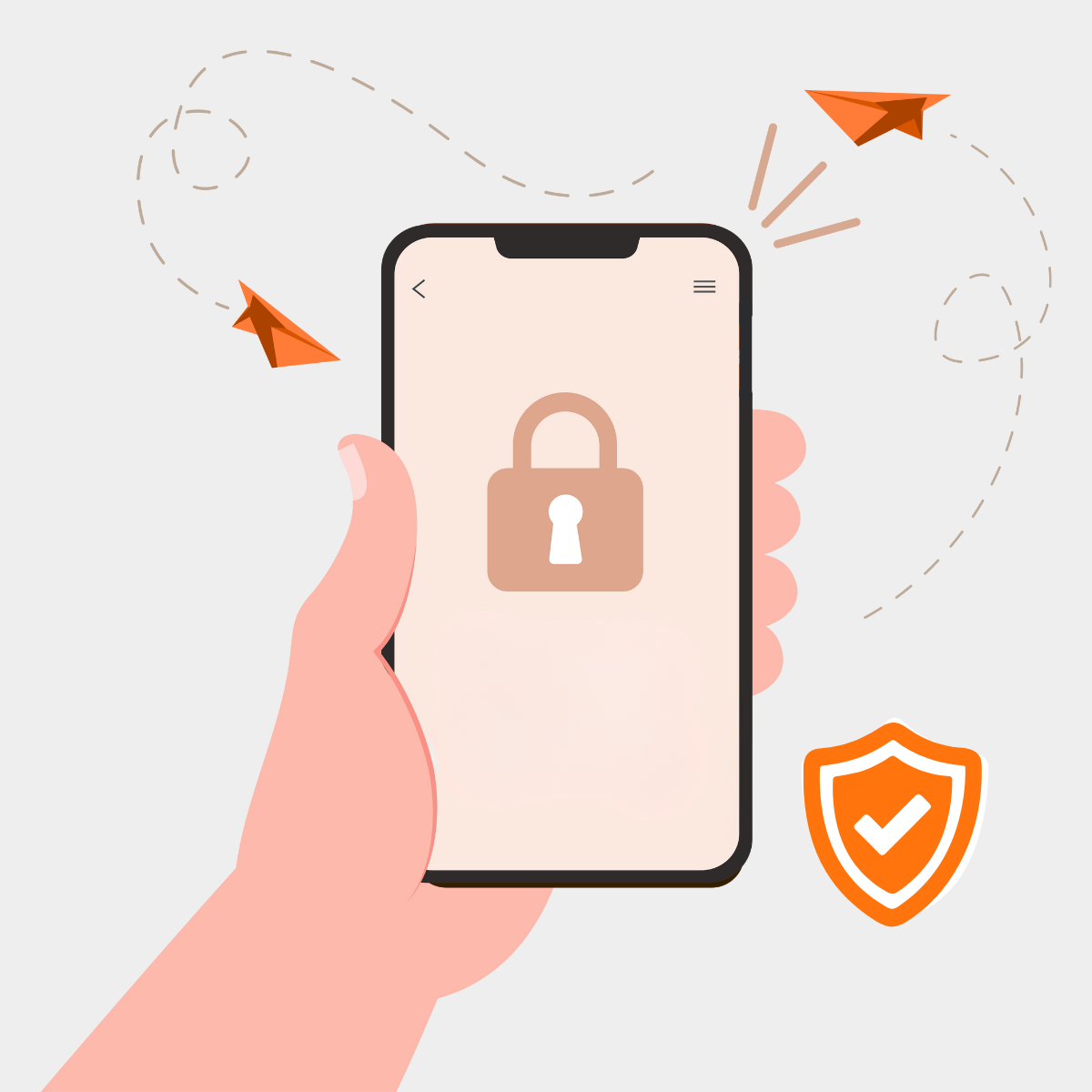Why Connect Rates Are Dropping (and It’s Not Your Dialer’s Fault)
If your contact rates are falling, even with good leads and great agents, your phone number behavior could be the reason.
In today’s outbound environment, every phone number you use has a reputation score — and if your numbers look suspicious to the carriers, your calls won’t connect, no matter how good your offer is.
This isn’t a theory. It’s the reality of outbound in 2025.
Fact Check: Are All U.S. Phone Numbers “Sold”?
Yes–essentially.
Every U.S. phone number is issued by the North American Numbering Plan Administrator (NANPA) to carriers, who then lease them to providers like your call center platform or SIP trunking service. That means:
- Every number is traceable
- Carriers know exactly where each number originates
- Behavior linked to that number gets tracked by analytics engines (like Hiya, TNS, First Orion)
So even if you’re rotating numbers frequently, they’re not “burners.” They’re registered assets, and abusing them can burn more than just your connect rate — it can hurt your entire campaign’s deliverability.
The “Churn and Burn” Myth
Some call centers still rotate numbers aggressively — dialing hundreds or thousands of calls per day, getting flagged, then tossing the number and starting over.
Here’s why that’s a bad strategy in 2025:
❌ Flagged numbers don’t just disappear — carriers track the patterns
❌ High call volume with low answer rates tanks number reputation
❌ Spam labeling sticks — and spreads across call analytics databases
❌ Consumers report bad numbers to third-party apps (like Truecaller or Robokiller), creating permanent damage
This strategy may have worked a few years ago. Today, it’s more likely to get you blocked.
✅ What to Do Instead: Smart Number Management
Your phone numbers are assets, not disposable tools. Here’s how to protect them — and your connect rate.
- Keep Call Volume Per Number Low
Aim for fewer than 100 dials per number per day. Rotate strategically across campaigns, but don’t overload.
- Monitor Answer and Duration Rates
Low answer rates and short calls are red flags. Carriers use these to judge spam risk.
- Register with the Free Caller Registry
Submit your numbers to Hiya, TNS, and First Orion via:
🔗 https://www.freecallerregistry.com/
This helps prevent incorrect spam labeling.
- Use A-Level Attested Numbers
Make sure your carrier signs calls using STIR/SHAKEN with A-level attestation — it tells carriers you are authorized to use that number.
- Monitor for Spam Flags
Work with trusted companies to check if your numbers are being flagged — and fix them fast.
- Don’t Over-Rotate
Too many numbers doing the same thing can look just as bad as one overused number. Track reputation across your entire number pool.
Real Results: Connect Rate Uplift from Smart Rotation
Clients who follow smart number management protocols have reported:
- 25–40% increase in answer rates
- Reduced call blocking
- Lower carrier complaints
- Better campaign performance with fewer numbers
This proves that protecting your numbers protects your revenue.
Final Takeaway
Every phone number you dial from is a digital fingerprint. Treat it like one.
The “volume game” of outbound is over. In 2025, precision and reputation matter more than brute force.
If your call center is still churning and burning numbers, it’s time to rethink your strategy.
Learn how to improve call delivery, avoid blocks, and optimize your campaigns from the ground up.
Disclaimer: The information provided in this blog is for informational purposes only and does not constitute legal advice. Compliance regulations frequently change, and businesses should consult a qualified attorney or compliance expert before making regulatory decisions. CallShaper provides technology solutions to enhance contact center efficiency and compliance, but does not offer legal representation or compliance certification.
AI Disclosure: This article was generated with the assistance of AI and reviewed by industry professionals to ensure accuracy and compliance.


Leave A Comment